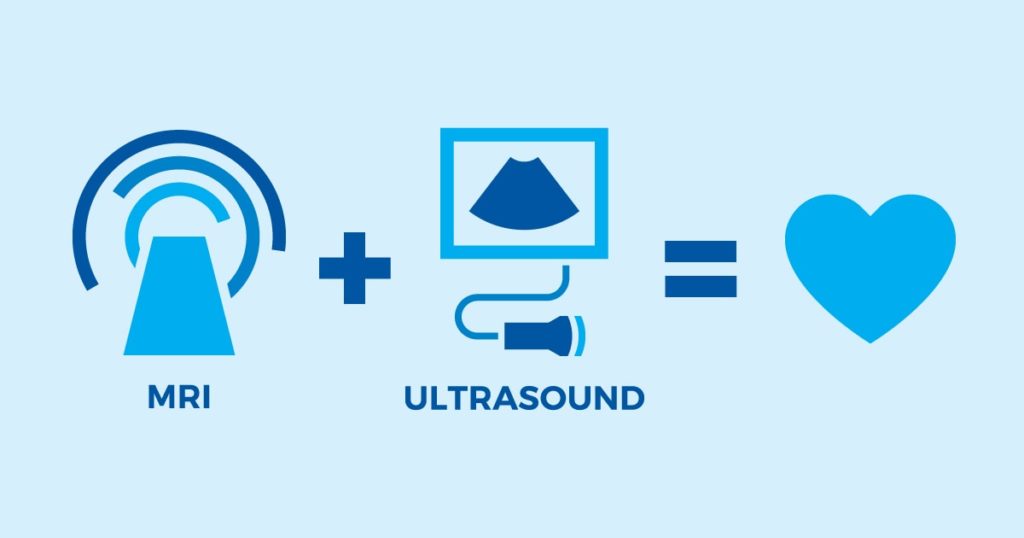Prostate cancer is the most common form of cancer in men. The first test most doctors use to screen for prostate cancer is the PSA (prostate specific antigen) test. A high PSA level can indicate the presence of cancer. But other factors besides cancer can cause an elevated PSA level. If your PSA level is rising, learn more about your options for finding out if you have prostate cancer.
PSA and Prostate Cancer: What Do My Numbers Mean?
The prostate is a walnut-sized gland that sits below the bladder in men. It is responsible for creating semen, the milky liquid that carries sperm out of the body when a man ejaculates.
A PSA (prostate specific antigen) test is a blood test used to screen for prostate cancers. PSA is a protein produced in the prostate by both cancerous and noncancerous tissue. Elevated PSA levels can indicate the presence of cancer, but high PSA levels can also be a result of non-cancerous conditions like benign prostatic hyperplasia (BPH), or an infection. PSA levels also rise naturally as you age.
Elevated PSA levels do not necessarily mean that you have prostate cancer. PSA tests aren’t always accurate: many men who have prostate cancer have normal PSA levels. Alternatively, some men have high PSAs but don’t have cancer. Or they have a slow growing form of cancer that would never have had symptoms or caused them any harm.
I Have High PSA Levels: What Next?

If your PSA shows elevated levels, you might be concerned, anxious, or worried. But an elevated PSA alone is not enough to indicate that you have cancer. Doctors must use other tools to learn more about what might be causing your elevated PSA level.
Digital Rectal Exam
A digital rectal exam is usually done at the same time that your doctor orders a PSA test. For a digital rectal exam, your doctor will insert a lubricated, gloved finger into your rectum to feel your prostate. By pressing on your prostate, your doctor may be able to detect any lumps or hard areas that might indicate the presence of cancer.
Prostate MRI
A prostate MRI is non-invasive imaging alternative that your doctor might recommend if your PSA levels are elevated. Often, it is the next step after a PSA test and a digital rectal exam, and before a more invasive prostate biopsy.
MRI stands for magnetic resonance imaging. An MRI machine uses magnetic and radio waves to produce detailed images of soft tissues and structures in the body, like the prostate. Prostate MRIs last about 30-45 minutes, and they are painless and non-invasive. A prostate MRI is accurate at detecting cancers, and can also detect other conditions like infections or BPH. Click here to read our article about what to expect when having a Prostate MRI.
Prostate Biopsy
If the results of your MRI are inconclusive, your doctor might next recommend a traditional prostate biopsy. A biopsy is a procedure that uses a needle to collect tissue from an organ or other part of your body. A prostate biopsy is usually performed with ultrasound guidance, so that the doctor can better tell where to guide the needle.
During the biopsy, a sterilized ultrasound probe is inserted into the patient’s rectum. Next, a physician will guide a very fine needle through the walls of the rectum and into the prostate. This needle will capture a tissue sample from the prostate gland. The doctor will repeat the process of guiding the needle into the prostate 6-12 times to get samples from different areas of the prostate.
Though ultrasound helps guide the needles to the prostate, it isn’t precise enough to tell cancerous tissue from normal tissue. Doctors do their best to take samples from all over the prostate, in the hopes that, if a harmful tumor is present, they will sample it. But if none of the samples taken is of an area with a tumor, that tumor might be missed.
MRI/Ultrasound Fusion Guided Biopsy: Working Together For Your Health

At UVA Health, we are proud to offer a new prostate cancer detection option: MRI/ultrasound fusion guided biopsy. Through a unique partnership between the UVA Radiology and Urology departments, we are able to use MRI imaging to help guide a biopsy in real time. This makes the biopsy much more accurate. It also reduces the risk of false negative or false positive results, and decreases the odds that you may have to repeat a biopsy.
How Fusion Guided Biopsy Works
First, a patient will have a prostate MRI. The MRI will image the prostate and any abnormalities in much greater detail than the ultrasound used for traditional biopsies. This allows the radiologist to better distinguish between abnormal and regular tissue.
Next, the patient will have an ultrasound-guided biopsy. A special machine attaches to the ultrasound probe and overlays the MRI image onto the ultrasound image. So when the doctor moves the ultrasound probe, the detailed MRI image moves with it in real time.
The doctor then biopsies the prostate with fine needles, using the MRI image to guide the needles directly to the areas with tumors or abnormal tissue. Because the MRI images are so detailed, doctors can more precisely target exactly where they need to biopsy. This means that far fewer clinically significant tumors are missed. This strategy also helps reduce the number of biopsies a patient might need by giving the doctor better information the first time.
High PSA Levels? Consider Fusion Guided Biopsy at UVA Health
The UVA Radiology and Urology departments are proud to offer fusion guided biopsies for patients who need to be screened for prostate cancer. If you have elevated PSA levels, speak to your doctor about having a fusion guided biopsy at UVA Health.



